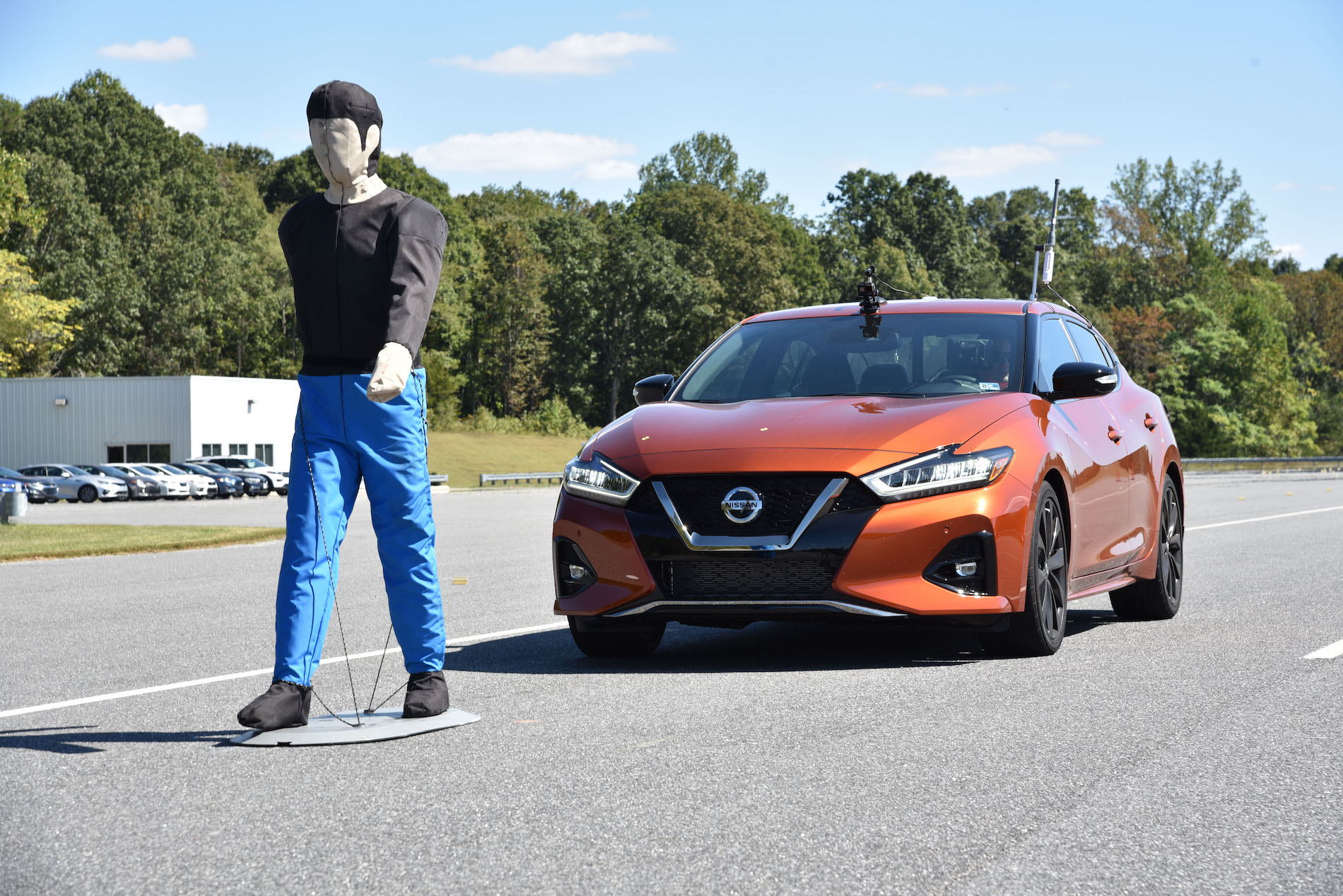Report: Traffic fatalities drop to lowest rate since 2014, despite increase in miles driven

Traffic fatalities dropped 2% in 2019 despite a 1% increase in miles driven, the NHTSA confirmed last week. Pedestrian and cyclist fatalities caused by cars dropped significantly, while drunk driving related fatalities dropped to their lowest levels since 1982.
The 36,096 traffic fatalities in 2019 marked a 2.8% decrease from 2018 in passenger car fatalities. It marks the third consecutive year of declines from a post-recession high point of 37,806 traffic fatalities in 2016.
“Safety is our top priority so this report that traffic fatalities appear to have decreased again for the third year is great news,” said U.S. Transportation Secretary Elaine L. Chao.
At the same time, the total number of vehicle miles traveled increased 0.9% in 2019. The rate of 1.1 fatalities per 100 million vehicle-miles traveled was the lowest since 2014
Of the ten NHTSA regions across the country, only the southeastern part of the United States experienced an increase in traffic fatalities. While organizations such as the IIHS are touting the proliferation of driver assistance systems and standard safety technology for the decline in traffic fatalities, the NHTSA cited more fundamental safety measures.
“We saw notable reductions in pedestrian and cyclist fatalities, as well as fewer lives lost in alcohol-impaired driving crashes,” NHTSA Deputy Administrator James Owens said in a statement. “If we’re to keep building on these numbers, everyone needs to do their part by driving sober, wearing their seat belts, avoiding speeding and distractions, and sharing the road with pedestrians and cyclists.”
Pedestrians deaths decreased 2.7% in 2019, after hitting a 28-year high in 2018, when 6,227 pedestrians were killed, according to the Governors Highway Safety Association. The number of cyclist deaths also dropped 2.9% in 2019.
The estimates are based on data from the Fatality Analysis Reporting System, as well as other sources, which is why it takes a while to compile annual data.
Preliminary estimates for the first half of 2020 indicate a further decline in traffic fatalities due in part to the decreased traffic volume from shelter-in-place restrictions arising from the Covid-19 pandemic. But that could be misleading. The amount of miles driven dropped more significantly than the drop in traffic fatalities, so the 1.28 fatalities per 100 million vehicle miles traveled in the first half of 2020 represents a steep increase compared to 2019. The increase was especially pronounced in rural areas among the youngest drivers aged 16-24.

